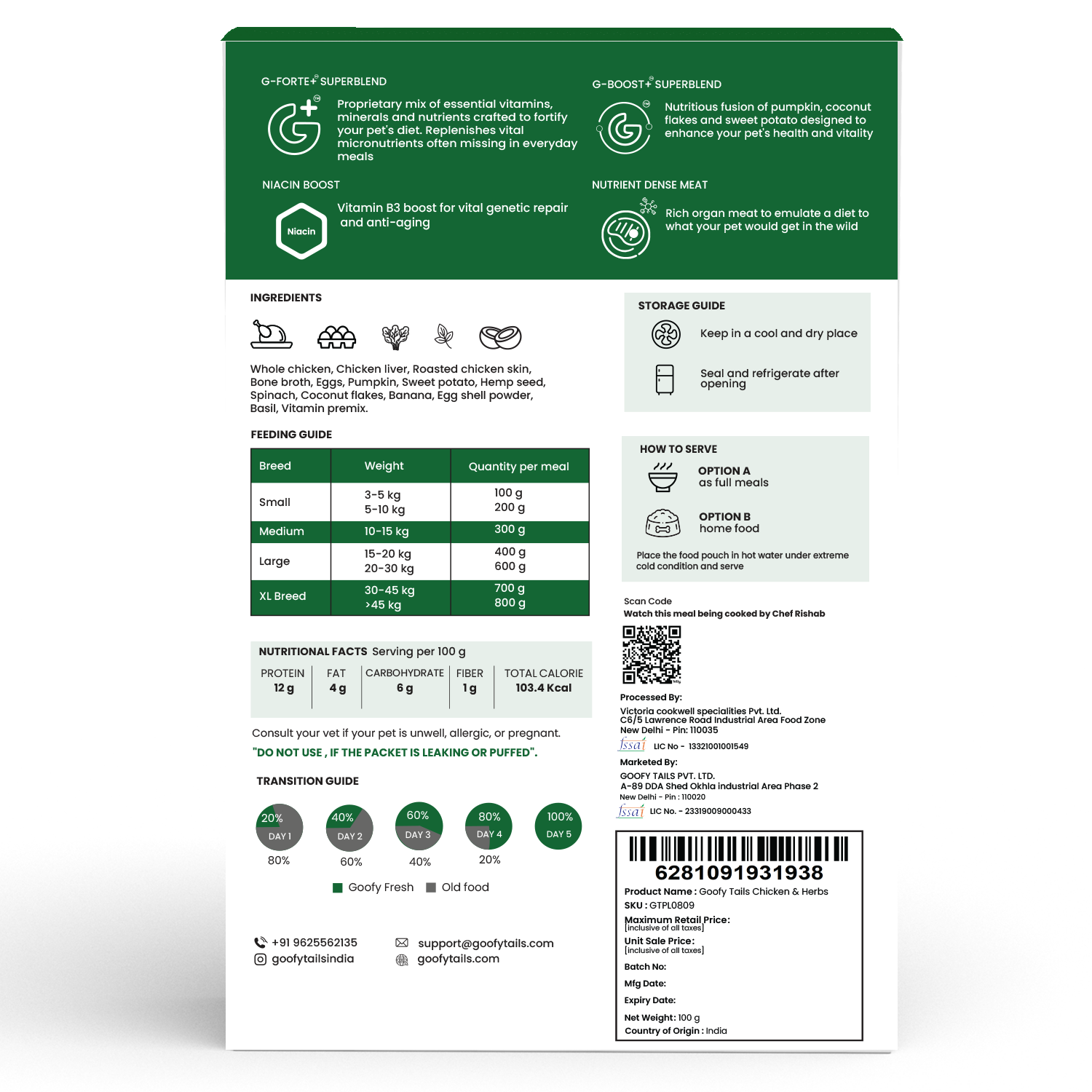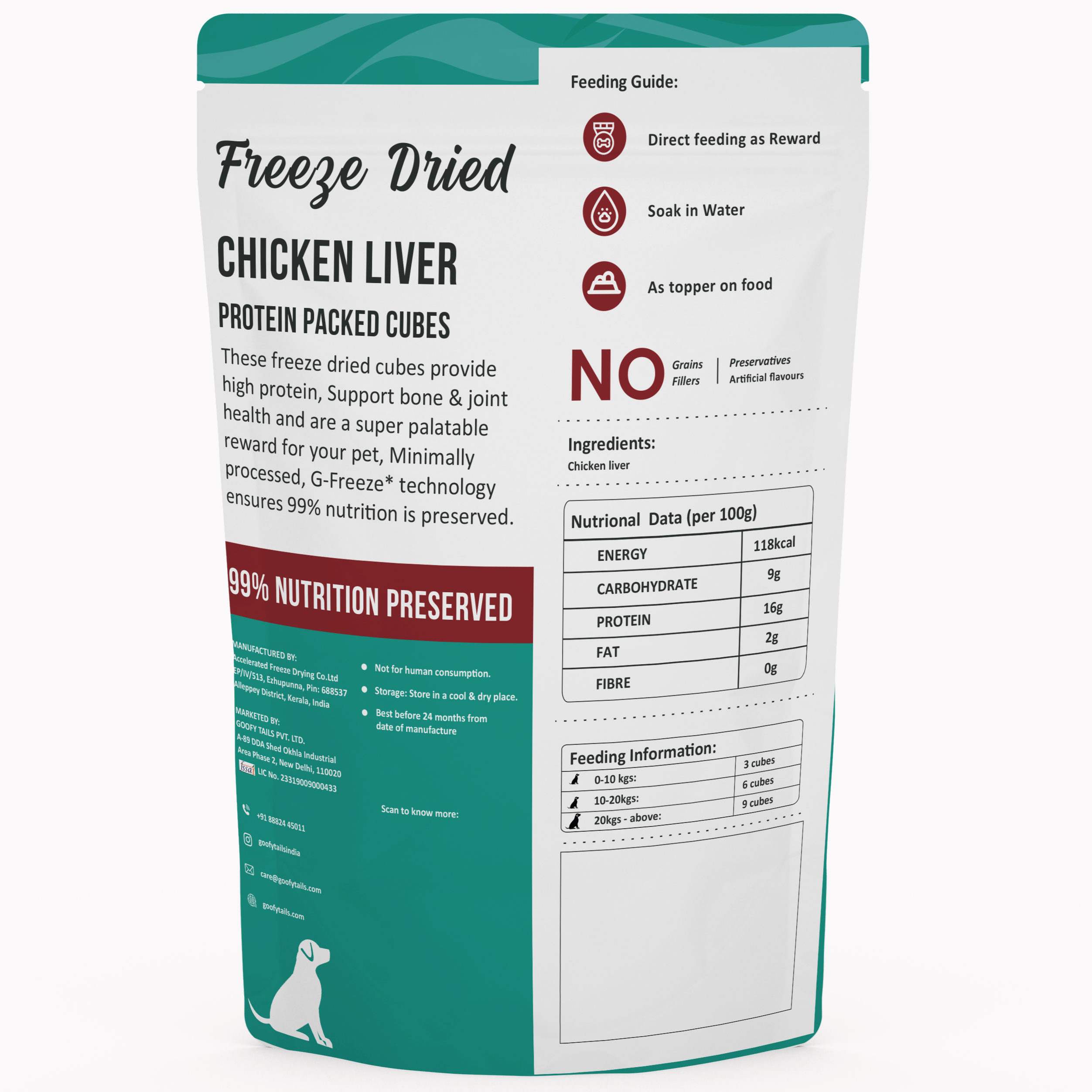Understanding Dermatitis in Dogs: Causes, Symptoms, and Care
Dermatitis in dogs is a common but often misunderstood condition that refers to inflammation of the skin. It can be acute or chronic, mild or severe, and is caused by a variety of environmental, parasitic, allergic, or autoimmune factors. If left untreated, dermatitis can cause immense discomfort and lead to secondary infections. In this blog, we’ll take an in-depth look at the types of dermatitis in dogs, what causes them, how to identify the symptoms, and most importantly, how to manage and prevent flare-ups.
Note: Always consult a qualified veterinarian for an accurate diagnosis and treatment plan. Skin issues can look similar but may have vastly different causes.

(Above: Samoyed with extreme Dermatitis affecting the skin and coat)
Types of Dermatitis in Dogs
1. Atopic Dermatitis (Canine Atopy)
Atopic dermatitis is a chronic allergic skin disease linked to environmental allergens such as pollen, mould, dust mites, or grasses. It’s comparable to hay fever in humans but shows up as itchy skin in dogs rather than sneezing.
Symptoms:
-
Constant itching and licking, especially paws, face, ears, and groin
-
Red, inflamed skin
-
Hair loss
-
Secondary bacterial or yeast infections
Management:
-
Allergen-specific immunotherapy
-
Frequent bathing with medicated shampoos
-
Environmental control (HEPA filters, cleaning)

(Above: A senior dog with Flea Allergy Dermatitis (FAD))
2. Flea Allergy Dermatitis (FAD)
This form of dermatitis results from an allergic reaction to flea saliva. Even a single flea bite can cause an intense reaction in sensitive dogs.
Symptoms:
-
Severe itching, especially at the base of the tail
-
Red bumps and scabs
-
Hair thinning or bald patches
-
Skin thickening from chronic scratching
Treatment & Prevention:
-
Strict flea control regimen—oral or topical flea preventatives
-
Anti-itch medications
-
Treating the environment (home and yard)
-
Medicated shampoos
3. Contact Dermatitis
This occurs when a dog’s skin reacts to physical contact with an irritating substance or allergen, such as cleaning agents, pesticides, certain grasses, or synthetic materials.
Symptoms:
-
Red, itchy rash localised to the point of contact
-
Swelling and oozing blisters (in severe cases)
-
Licking and chewing at paws or the underside
Treatment:
-
Eliminate the source of contact
-
Topical corticosteroids
-
Medicated bathing
-
Wearing protective booties or clothing
4. Seborrheic Dermatitis
Caused by overproduction of sebum (skin oils), this condition leads to greasy, scaly, flaky skin with an unpleasant odour. It can be primary (genetic) or secondary to other diseases (hypothyroidism, allergies, etc.).
Symptoms:
-
Greasy or dry flakes (dandruff)
-
Foul odor
-
Thickened, oily skin
-
Secondary infections
Management:
-
Medicated shampoos (with salicylic acid, sulfur, or selenium sulfide)
-
Fatty acid supplements
-
Addressing any underlying medical condition
5. Yeast Dermatitis
Yeast dermatitis is caused by the Malassezia pachydermatis yeast that lives on the skin. When it overgrows, it causes irritation and inflammation.
Symptoms:
-
Musty odor
-
Redness and hyperpigmentation
-
Greasy residue
-
Itching and thickened skin, especially in skin folds, paws, and ears
Treatment:
-
Topical antifungal shampoos (chlorhexidine + miconazole)
-
Oral antifungals in severe cases
-
Addressing predisposing factors like allergies or moisture retention

(Above: A Golden Retriever paw with Acral Lick Dermatitis (Lick Granuloma))
6. Acral Lick Dermatitis (Lick Granuloma)
This condition is a behavioural and medical issue caused by excessive licking, usually of one spot, leading to open wounds and infection. It may be a result of anxiety, boredom, pain, or allergies.
Symptoms:
-
Raised, thickened sores usually on limbs
-
Constant licking
-
Hair loss and an open wound
Treatment:
-
E-collar to stop licking
-
Behavioural therapy or anti-anxiety medication
-
Antibiotics and topical ointments
-
Identifying the underlying cause (pain, allergy)
Diagnosis: What to Expect at the Vet
Diagnosing dermatitis is not always straightforward. Your vet may recommend:
-
Skin scrapings to rule out mites
-
Fungal culture to check for ringworm
-
Cytology to examine skin cells under a microscope
-
Allergy testing (intradermal or blood)
-
Biopsy in chronic or unclear cases
Proper diagnosis is essential. Don’t rely solely on over-the-counter creams or home remedies—consult a vet before starting treatment.
(Above: A Jack Russell Terrier with red markings due to Dermatitis)
Preventing Dermatitis in Dogs
While not all dermatitis types can be prevented, you can reduce the risk significantly with these strategies:
🐾Regular Grooming & Skin Checks
-
Use appropriate shampoos for your dog’s skin type
-
Check for redness, bumps, or hair loss regularly
🐾Flea & Parasite Control
-
Keep your dog on monthly flea preventatives year-round
🐾Balanced Diet
-
Nutritional deficiencies can impair skin health; omega-3s are especially beneficial
🐾Environmental Cleanliness
-
Wash bedding regularly, vacuum often, and avoid exposing dogs to known irritants
🐾Moisture Management
-
Dry between skin folds and paws to prevent yeast infections
Living with a Dog with Dermatitis
Caring for a dog with dermatitis is a long-term commitment that requires patience, consistency, and vigilance. Whether your dog suffers from atopic dermatitis, flea allergy, yeast infections, or any other form of skin inflammation, managing the condition effectively means going beyond short-term symptom relief.
1. It’s a Lifestyle, Not Just a Condition
Dogs with chronic skin issues often need lifelong management, not a one-time fix. This might include:
-
Regular medicated baths to control microbial overgrowth and soothe the skin
-
Daily wiping of paws or folds, especially in moisture-prone breeds like Bulldogs or Basset Hounds
-
Allergy-proofing your home, which means frequent vacuuming, air purifiers, and avoiding scented cleaning products
2. Your Vet Is Your Partner
You’ll need to maintain an ongoing relationship with your vet. Flare-ups can happen even with the best care, and treatments may need tweaking. Skin conditions are often dynamic, and a dog doing well on antihistamines or antifungals today might need a different approach in six months. Follow-up visits, skin re-evaluations, and sometimes advanced diagnostics like skin biopsies or allergy testing may be necessary.
3. Diet and Supplements Matter
Some dogs benefit from hypoallergenic diets or those rich in omega-3 and omega-6 fatty acids. Supplements like fish oil can help maintain skin integrity and reduce inflammation. In food-allergic dogs, even one wrong treat can set off a flare-up, so strict dietary compliance is crucial.
4. Understanding Triggers is Key
Track your dog’s flare-ups in a dermatitis diary. Was it after a park visit? A seasonal change? A new food? Identifying and avoiding triggers—whether environmental, dietary, or behavioural—can dramatically reduce recurrences. For example:
-
Dogs with atopic dermatitis may need to avoid grassy areas during pollen season.
-
Dogs prone to yeast infections should be dried thoroughly after every bath or swim.
5. Support and Comfort
Above all, dogs with dermatitis need emotional comfort and physical relief. Chronic itching and discomfort can affect behaviour, leading to restlessness, irritability, or anxiety. Give your dog a soft, clean space to rest, reduce stress, and keep them engaged mentally to reduce excessive licking or scratching due to boredom (particularly in lick granuloma cases).
Final Thoughts
Dermatitis is more than just an “itchy skin” problem—it’s a sign that something deeper is out of balance, whether it’s allergies, parasites, or internal diseases. Understanding the different forms of dermatitis, recognising the symptoms early, and working closely with your vet are key to your dog’s long-term comfort and health.
Your dog depends on you to notice when something isn’t right. The earlier you act, the better their quality of life will be.

















Leave a comment